Black Cherry Trees (Keep them or remove them) seeking opinions
longtee81 (Zone 5a)
8 years ago
Featured Answer
Sort by:Oldest
Comments (23)
User
8 years agolast modified: 8 years agoken_adrian Adrian MI cold Z5
8 years agoRelated Discussions
Need opinions.....and a lot of them!!!
Comments (17)I live in coastal VA in a climate that is similar to Charleston. Like you, I'm a fair novice when it comes to conifers. I'll give you some general advice, then will include a list of conifers that are succeeding in the heat and humidity of Zones 7 and 8. (The list was posted by another member several months ago). Preparation and planning are the keys to success. As Dave said, draw a detailed site plan (a good landscaping book will show you how), then develop a preliminary planting plan. Research, research, research. If you skip this step, you are likely to find that you did a lot of work and spent a lot of $$, but the outcome is not what you expected. Join the ACS! Seek out other conifer lovers. You need trees and shrubs - deciduous in addition to conifers - to provide structure and interest. I second Karini's advice about getting "Gardening with Conifers" by Adrian Bloom. I also recommend "Dirr's Trees and Shrubs for Warm Climates" (Timber Press) for reliable information about what grows and thrives in your area. Dirr is a professor of horticulture and expert on woody plants who teaches at the University of Georgia. Atlanta is famous for clay soil. Get a soil sample(s). Your county extension office will analyze it and tell you what steps you need to take to improve your soil. They can probably give you good advice re: conifers that do well in Atlanta. This list of conifers was posted by sandyhill. Since he lives on the coast, he has challenges you do not have (wind and salt mist) - the plants on this list are survivors: 3 to 8+ years on these in the open with few problems, NC humid zone 8a: Cryptomeria japonica Cupressus macrocarpa Cupressus glabra Cupressus arizonica Cupressus macrocarpa x nootkatensis Cupressus arizonica x macrocarpa Taxodium distichum Taxodium ascendens Juniperus virginiana Juniperus silicicola Juniperus scopulorum Juniperus chinensis Juniper communis Pinus palustris Pinus taeda Pinus glabra Pinus elliottii Pinus palustris x taeda Pinus rigida x taeda Pinus rigida Pinus virginiana Pinus thunbergiana (beware of PWN) Pinus pinaster Pinus nigra Pinus heldreichii var. leucodermis Pinus strobiformis Some others doing ok in a slightly sheltered area: Taxus baccata Taxus cuspidata T. bacata ? cuspidata (Taxus x media) Amentotaxus argotaenia Podocarpus macrophyllus Cephalotaxus harringtonia Cephalotaxus fortunei Araucaria bidwillii Araucaria heterophylla (moved inside in cold spells) Callitris oblonga Callitris rhomboidea Chamaecyparis obtusa Chamaecyparis thyoides Also have 2+ years outside on some small Taiwania, so far so good, but these have been mild winters. No luck with any Tsuga or Picea, as our wind and salt mist are killers. Cunninghamia lanceolata is still alive, but browns pretty bad. Cedrus deodora has had some salt burn, but comes back, same for some of the pines. Cryptomeria go bronze in winter, but look great by April... stronger trees than most people think IME. Others to consider: any Taxodium (Bald Cypress, Pond Cypress, Montezuma Cypress) Taiwania cryptomeroides Fokienia Sequoia sempervirens (Coastal redwood -- it really likes our climate; Giant Sequoia, by contrast, struggles here) Glyptostrobus Araucaria angustofolia Deodar cedar Florida Torreya Good luck, Pam...See MoreMac Computer: seeking your experience and opinions.
Comments (32)Let's see if I can explain in the limited time I have; if I don't finish, I'll come back later or tomorrow. Have hubby's last chemo & radiation today. In my office I have a dual boot Windows machine - running XP (pro I think) and Vista. I also have the Mac. I have not tried to put Windows of any flavor on the Mac; it was on my list of things to do. I was going to buy the program verses what's on the Mac. My pain management Dr did it; he had some issues with drivers. Not sure if he did XP or Vista. The Mac worked fine at 1st. I was able to Network; I was able to access the Windows machine both sides. When on the Windows PC; I was able to access the Mac from both. I'm not sure what changed and when but eventually I wasn't able to access either puter - I made user accounts on Windows (both sides) and now am able to access Windows (both sides) from the Mac. The problem is accessing the Mac from Windows. Granted, it very well may be me; because I haven't been as "heavy" into building & using the computer since we moved. The most I do is work with pictures; for that I use Windows because the Mac photo program confuses me. I like Windows much better all the way around because of ease of use; software works & I can do things without reading a manual. With the Mac, I feel so stupid some days. I haven't installed anything except firefox.. forgot how. lol It's so simple too from what I remember but I have to get the dummy book to do it again. lol One thing that will not work on the Mac is my Microsoft Works. All of my medical databases are made with works. I looked for a Mac plug in (reader) but they don't have one. I also don't want to have to replace my full Office suite....See MoreSawmill after my trees. should I have them cut down and sell them?
Comments (58)Don't get me wrong-I myself have long participated in reforesting of our city following the elm event. Of course there's still some great streets and neighborhoods-even whole communities. What I am saying though is that in the aggregate, summing the whole kit and kaboodle up, we have a lesser resource today than we did yesteryear. For one example, even in my city the forester or others like to tout the fact that each year, we plant more trees than we remove. Yes, of course we do, I say, but the new trees are almost all going into new streets, new subdivisions that didn't even exist back whenever the comparative year was. If one was to somehow mount a camera over a city, perfectly stationary, and take time-lapse photos of the older parts of town, they're in a shambles so far as tree cover compared to where they were years ago, before all the elms died, before all the big old silver maples started falling apart, etc. I'm sure it seems overly bleak how I worded that post, but I'm certain there's a kernel of truth to it, even as I and you folks and a bunch of others go on with our daily lives, much of which involves trees and other greenery. I'm not pointing my finger at anyone or anything...just telling it like it is, as I see it. And one other facet: The power companies, long having spent considerable dollars on line clearance, so we can all plug in our toasters, has finally prevailed on urban forestry managers all across the nation to plant little mini-trees under power lines. Now from that one single perspective, I get it. But from every other perspective, it's been a disaster for the look, feel, and design elements of our city streets. Does anyone really get anything from a street lined with 'Ivory Silk' tree lilacs, themselves spaced far and wide? They will never coalesce, they will never create a canopy, they will never do any of the key things I listed above that street trees can and should be doing. This as much as anything has diminished the value of our urban forests. I once put this idea down as one for further discussion at the arborist's meetings. Well-and this has happened a lot-they took me up on it and this subject was one of the main ones at the following year's conference. I didn't get to go to that one but from what I heard, there was much scowling and wailing and gnashing of teeth at this talk and the idea behind it. It was actively rejected by the majority of city foresters and others in attendance. That's how far things have fallen-we can't even talk about it!...See MoreDwarf pink weeping cherry - suggestions, opinions, warnings?
Comments (24)Emothrium that's not what I meant to say. Guess I should have put a period instead of a comma. "Embothrium yes, I had read that the "dwarf" trees were grafted. Some have had issues with this." Sorry, wasn't putting words in your mouth. Just saying that I knew there were no genetically dwarf weeping cherries and that the ones on the market were grafted. THEN, I mentioned how I heard people have had issues with the graft. Jean, thanks for those options. I can't believe I didn't think of the styrax. Not only have I had one, but I actually just mentioned it to my husband about five days ago. I was given one by a friend, planted it, it had gotten about 7-8 feet tall, and the next year in a storm the oak tree next to it came down and fell right on top of it. That was that and I never replaced it. That was at least a decade ago but for some reason I was thinking of it last week. But for some reason, not thinking about it for this spot lol. If I recall correctly, it was fragrant as well... :) Dee P.S. Richie, again, so good to hear from you!...See MoreUser
8 years agolast modified: 8 years agoken_adrian Adrian MI cold Z5
8 years agolongtee81 (Zone 5a)
8 years agoedlincoln
8 years agoUser
8 years agoken_adrian Adrian MI cold Z5
8 years agoarbordave (SE MI)
8 years agolast modified: 8 years agoscotjute Z8
8 years agobengz6westmd
8 years agolast modified: 8 years agowisconsitom
8 years agokitasei
8 years agoMike McGarvey
8 years agowisconsitom
8 years agoNHBabs z4b-5a NH
8 years agolongtee81 (Zone 5a)
8 years agolongtee81 (Zone 5a)
8 years agoUser
8 years agoHuggorm
8 years agowisconsitom
8 years agoUser
8 years ago
Related Stories
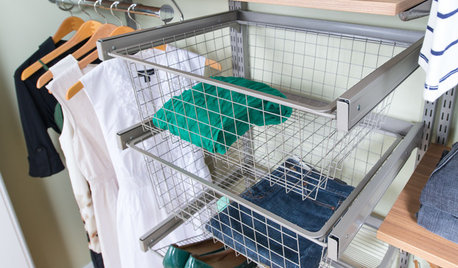
CLOSETSHow to Store Your Clothes to Keep Them Looking Good Longer
Here’s what clothes to fold, what to hang and how to stash your off-season stuff
Full Story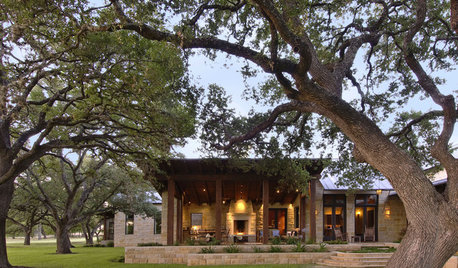
GARDENING GUIDESTree Care: Common Tree Diseases and What to Do About Them
Learn to recognize trees that may be affected by diseases or pests so you can quickly take action
Full Story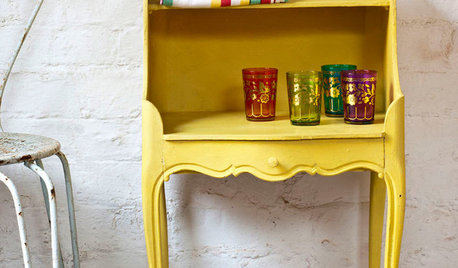
PAINTINGWhat to Know About Milk Paint and Chalk Paint — and How to Use Them
Learn the pros, cons, cost and more for these two easy-to-use paints that are great for giving furniture a vintage look
Full Story
DECORATING GUIDES4 Hip Hues for 2013 and How to Use Them at Home
Strike a bluesy chord that's decidedly upbeat or make things greener on your side of the fence, with fresh paint colors for the new year
Full Story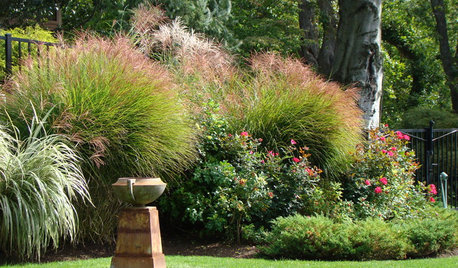
LANDSCAPE DESIGNThe 7 Best Plant Types for Creating Privacy and How to Use Them
Follow these tips for using different kinds of plants as living privacy screens
Full Story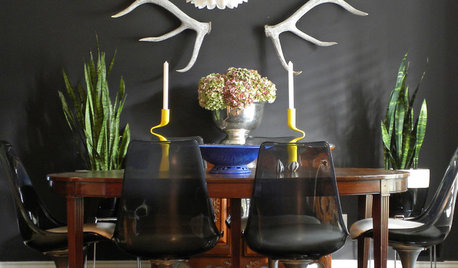
DECORATING GUIDESTaste a Rainbow: 11 Top Home Decorating Colors and How to Use Them
Prime yourself for spring painting season with our color-happy guide to working with popular shades around the home
Full Story
MOVING5 Risks in Buying a Short-Sale Home — and How to Handle Them
Don’t let the lure of a great deal blind you to the hidden costs and issues in snagging a short-sale property
Full Story
DECORATING GUIDES7 Design Rules and Why You Should Break Them
Think tile is only for kitchens and bathrooms? Art should hang at eye level? Time to consider breaking these old rules
Full Story
GREAT HOME PROJECTSPower to the People: Outlets Right Where You Want Them
No more crawling and craning. With outlets in furniture, drawers and cabinets, access to power has never been easier
Full Story
DECORATING GUIDES4 Classic Decorating Themes — and How to Work Them Just Right
Sail into nautical territory and more without hitting the land of overdone, with these decorating ideas that steer for subtlety
Full Story


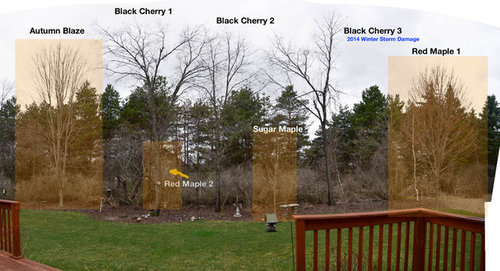

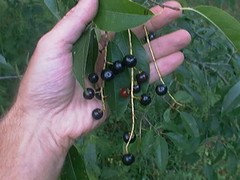
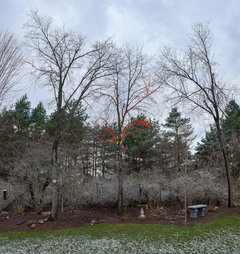


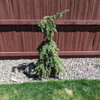

NHBabs z4b-5a NH